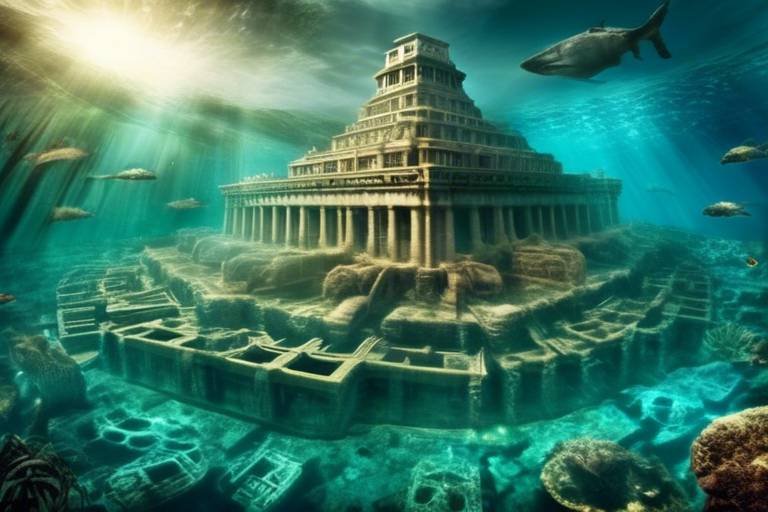The Rise and Fall of the Maya Civilization
Exploring the historical trajectory of the Maya civilization reveals a fascinating journey from the soaring heights of advanced culture, agriculture, and architecture to the mysterious depths of decline and eventual collapse. The rise and fall of the Maya civilization stand as a testament to the complexities and intricacies of ancient societies, offering insights into the factors that shaped their destiny.

Origins of the Maya Civilization
The Maya civilization, one of the most fascinating ancient cultures in Mesoamerica, traces its origins back to the Preclassic period, around 2000 BCE. The early Maya people established settlements in the dense jungles of present-day Mexico, Guatemala, Belize, Honduras, and El Salvador. These early communities laid the groundwork for the development of a complex society based on agriculture, trade, and social hierarchy.
Agriculture played a crucial role in the rise of the Maya civilization. The fertile lands surrounding major rivers like the Usumacinta and the Petén Basin provided the Maya with abundant resources to cultivate maize, beans, squash, and other crops essential for their sustenance. The Maya's sophisticated agricultural techniques, including terracing and irrigation systems, allowed them to support a growing population and build prosperous city-states.
Social structures began to take shape within Maya society, with distinct classes emerging based on occupation, wealth, and lineage. The ruling elite, comprising kings and nobles, held political power and oversaw religious ceremonies, while commoners engaged in farming, craftsmanship, and trade. This stratified society laid the foundation for the hierarchical structure that would define Maya civilization.
Religion played a central role in Maya life, shaping their beliefs, rituals, and worldview. The Maya worshipped a pantheon of deities representing natural elements, celestial bodies, and ancestral spirits. Rituals and ceremonies, conducted by priests and shamans, were performed to honor the gods, ensure agricultural fertility, and maintain cosmic harmony. The Maya's intricate cosmology influenced every aspect of their daily lives, from governance to agriculture to art.
As the Maya civilization flourished and expanded, it began to develop distinctive cultural traits that set it apart from other Mesoamerican societies. The construction of monumental architecture, such as pyramids, temples, and palaces, showcased the Maya's architectural prowess and artistic sophistication. Intricate hieroglyphic writing, advanced mathematical systems, and precise astronomical observations further demonstrated the intellectual achievements of this ancient civilization.
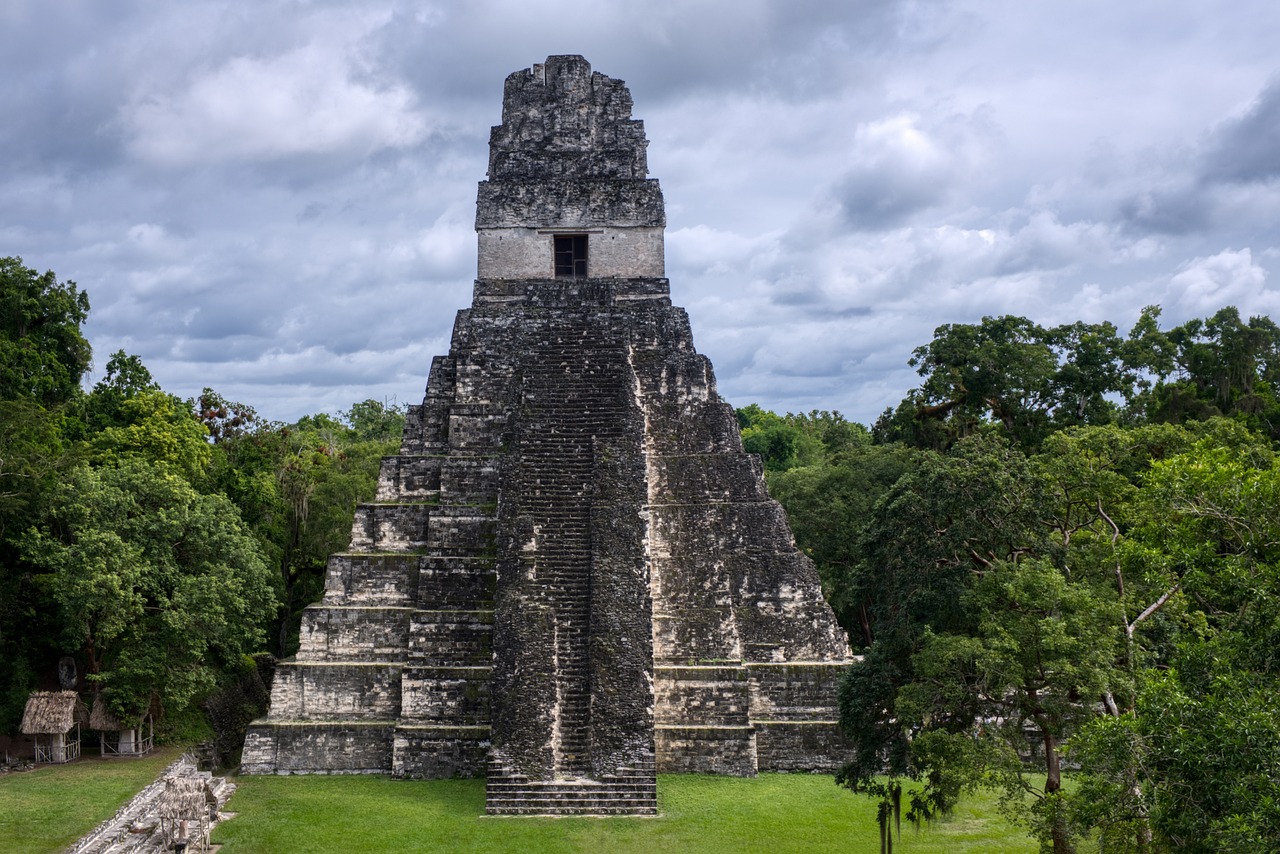
Peak of Maya Civilization
The represents a glorious era in the history of this ancient culture, marked by remarkable advancements and achievements that continue to awe and inspire us today. During the Classic period, spanning from around 250 to 900 AD, the Maya civilization reached its zenith in terms of art, architecture, astronomy, mathematics, and governance.
One of the most striking features of the Maya civilization at its peak was its monumental architecture, exemplified by iconic structures such as the towering pyramids of Tikal and the intricate carvings of Copan. These architectural marvels not only showcased the technical prowess of the Maya people but also served as centers of religious and political significance, symbolizing their connection to the cosmos and the divine.
Furthermore, the Maya excelled in various artistic endeavors, producing intricate pottery, elaborate murals, and finely crafted sculptures that reflected their rich cultural heritage and spiritual beliefs. Their artwork not only adorned ceremonial spaces and royal courts but also served as a means of communication, conveying stories, myths, and historical events to future generations.
In the realm of astronomy and mathematics, the Maya demonstrated a profound understanding of celestial phenomena and numerical systems, developing complex calendars that accurately predicted astronomical events and cycles. Their astronomical knowledge not only guided their religious practices and agricultural activities but also underscored their intellectual sophistication and ingenuity.
Moreover, the governance of the Maya civilization during its peak was characterized by a complex system of city-states, each ruled by a divine king who wielded both political and religious authority. These city-states engaged in intricate networks of trade, diplomacy, and warfare, shaping the political landscape of the region and fostering cultural exchange and innovation.
Overall, the peak of the Maya civilization stands as a testament to the ingenuity, creativity, and resilience of this ancient culture, showcasing a legacy that continues to captivate and intrigue scholars and enthusiasts alike.
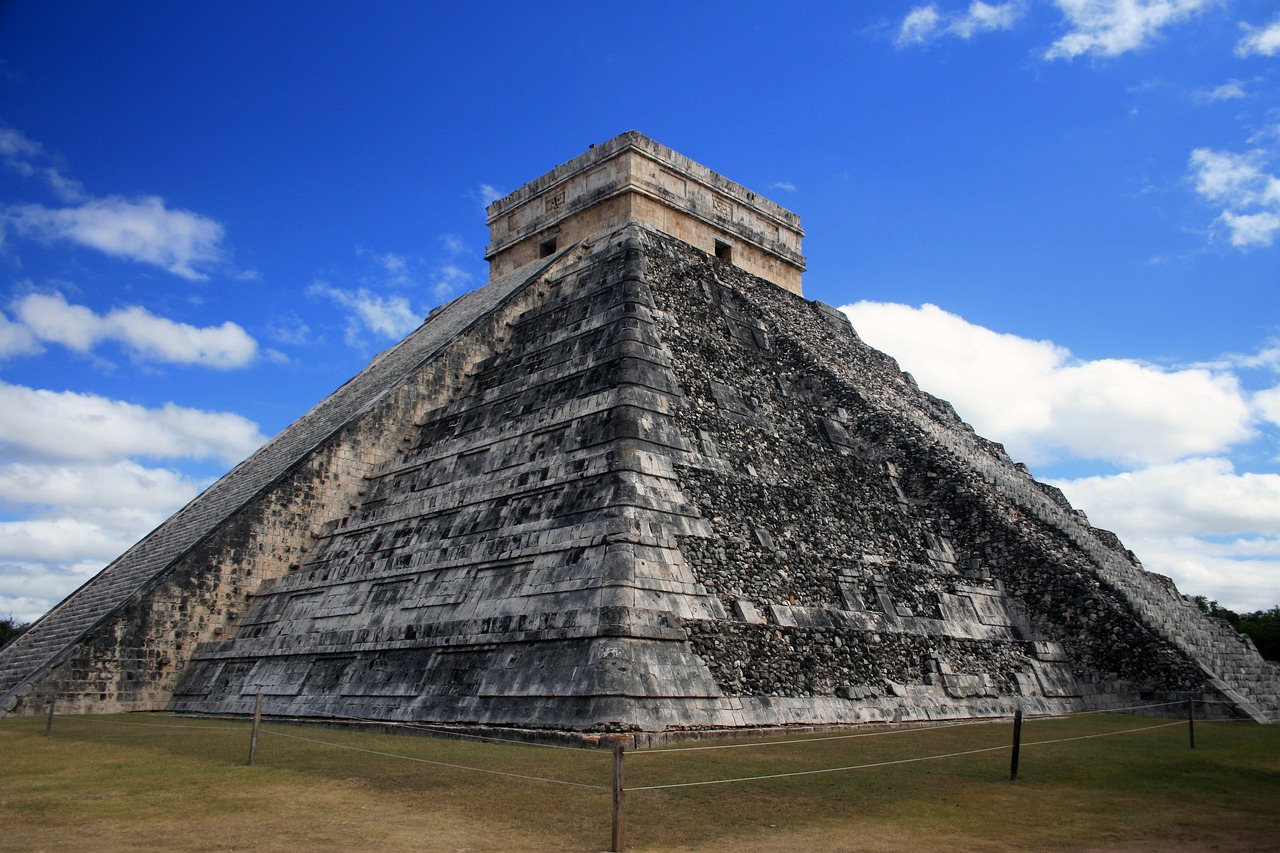
Maya Society and Religion
The Maya society was intricately structured, with distinct social classes that governed various aspects of daily life. At the top of the hierarchy were the rulers and nobles, who held political power and oversaw religious ceremonies. They were believed to have divine connections and were responsible for maintaining order and harmony within the community.
Beneath the ruling class were the commoners, comprising farmers, artisans, and traders. They formed the backbone of Maya society, contributing to the economy through agricultural production, craftsmanship, and commerce. Despite their lower status, commoners played vital roles in sustaining the civilization's growth and prosperity.
Religion held a central place in Maya culture, influencing every aspect of life from birth to death. The Maya worshipped a pantheon of gods and goddesses, each associated with specific aspects of nature and human existence. Rituals and ceremonies were conducted regularly to honor these deities and seek their blessings for fertility, harvests, and protection.
One of the most significant religious practices of the Maya was bloodletting, a ritualistic self-sacrifice performed by nobles to communicate with the gods and ensure the continuity of the universe. Bloodletting ceremonies were elaborate and often accompanied by music, dance, and offerings to appease the deities.
Cosmology played a crucial role in Maya religious beliefs, as they perceived the universe as a complex system of interconnecting realms inhabited by supernatural beings. The Maya believed in the cyclical nature of time and the existence of multiple dimensions beyond the physical world, influencing their worldview and spiritual practices.
Moreover, the Maya developed a sophisticated calendar system based on astronomical observations, aligning religious ceremonies and agricultural activities with celestial events. Their advanced knowledge of astronomy allowed them to predict eclipses, solstices, and planetary movements, demonstrating their profound connection to the cosmos.
Overall, the Maya society and religion were deeply intertwined, shaping the cultural identity and collective consciousness of the civilization. Through their intricate social structure and profound spiritual beliefs, the Maya created a rich tapestry of traditions that continue to fascinate and inspire awe in modern times.
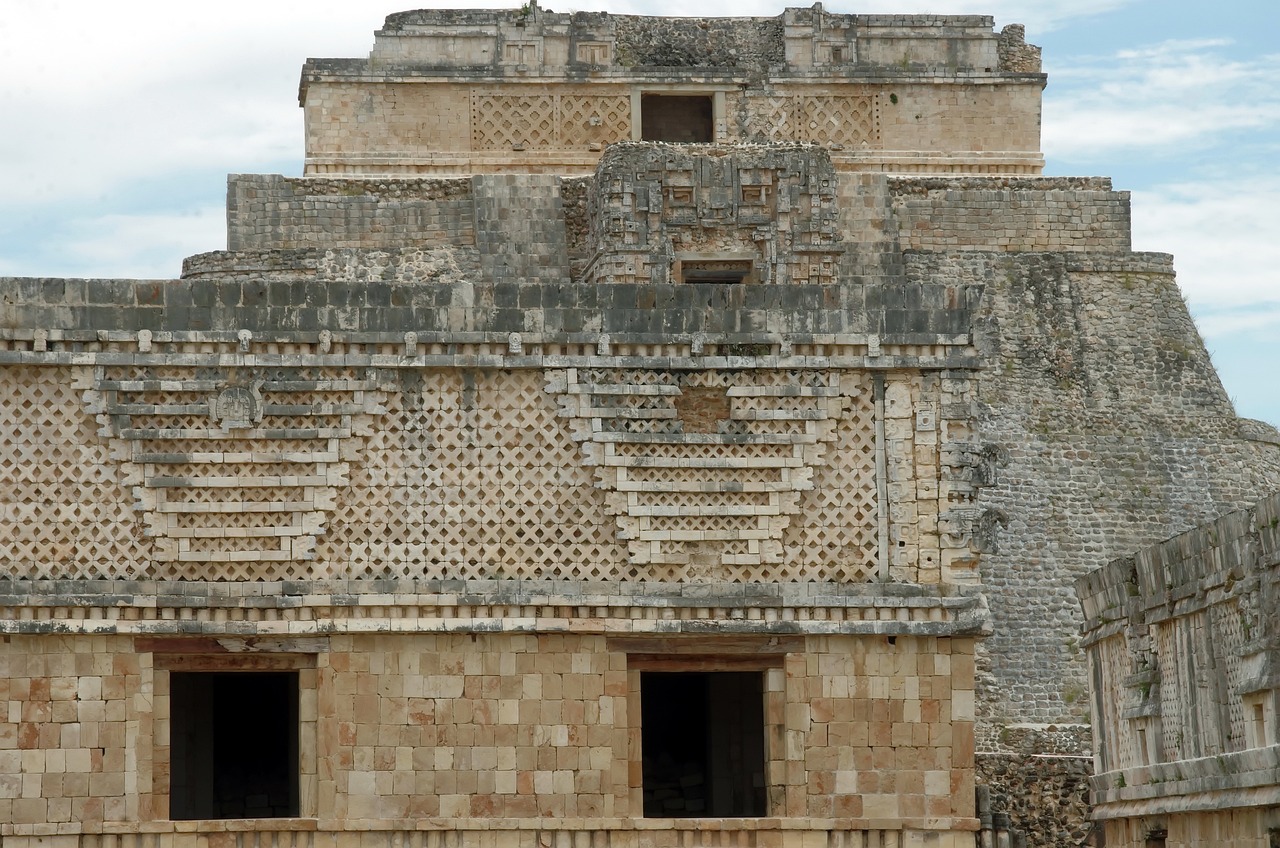
Environmental Factors and Decline
Environmental factors played a significant role in the decline of the once-thriving Maya civilization. The lush tropical landscape that sustained the Maya also posed challenges that ultimately contributed to their downfall. Deforestation, driven by the need for agricultural land and construction materials, led to soil erosion and loss of biodiversity. As the forests disappeared, the delicate ecological balance was disrupted, exacerbating the impact of droughts and soil degradation.
Moreover, prolonged periods of drought, possibly exacerbated by climate change, put immense pressure on the Maya agricultural system. The reliance on maize as a staple crop meant that failures in harvests due to erratic weather patterns had devastating consequences on food security and societal stability. The inability to adapt to changing environmental conditions further strained the resources of the Maya civilization, leading to increased competition for dwindling resources.
The combination of environmental stressors and unsustainable land use practices created a domino effect that weakened the social fabric of Maya society. As resources became scarcer and conflicts over territory and water sources escalated, the once-thriving urban centers began to decline. The strain on the agricultural system, coupled with the depletion of natural resources, pushed the Maya civilization to the brink of collapse.
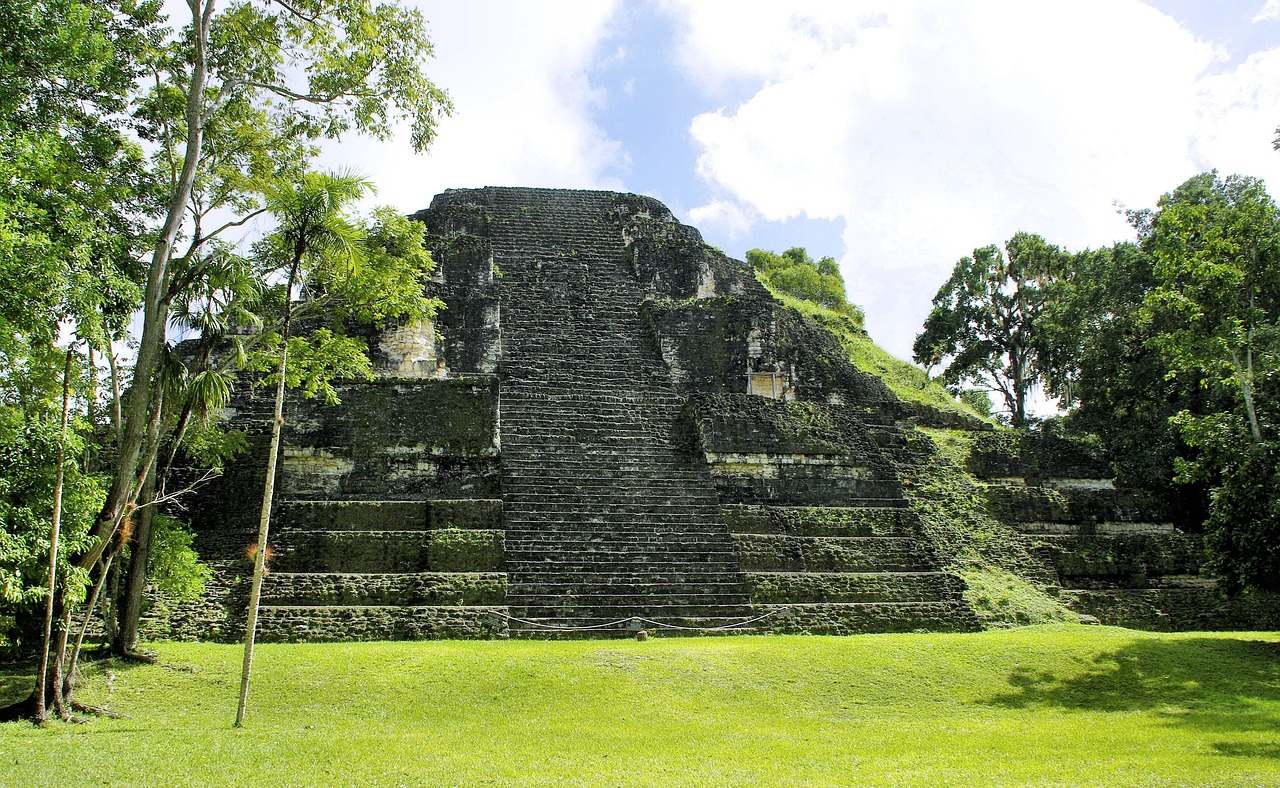
Conflict and Warfare
Conflict and warfare played a pivotal role in the downfall of the once-mighty Maya civilization. The incessant intercity conflicts, fueled by power struggles and territorial ambitions, gradually eroded the social fabric of Maya society. As city-states vied for supremacy, alliances shifted, betrayals occurred, and warfare became a constant presence in the lives of the Maya people. The relentless cycle of violence and conquest not only drained vital resources but also sowed seeds of internal discord, weakening the unity that had once sustained the civilization.
Moreover, external invasions further exacerbated the precarious situation faced by the Maya. Incursions by neighboring groups, such as the Toltecs and later the Spanish conquistadors, introduced new levels of conflict and upheaval. The arrival of the Spanish conquistadors in the 16th century marked a turning point, bringing about a swift and brutal end to the remnants of Maya civilization. The clash of cultures, technologies, and ideologies irreversibly altered the course of Maya history, leading to the ultimate demise of a once-flourishing civilization.
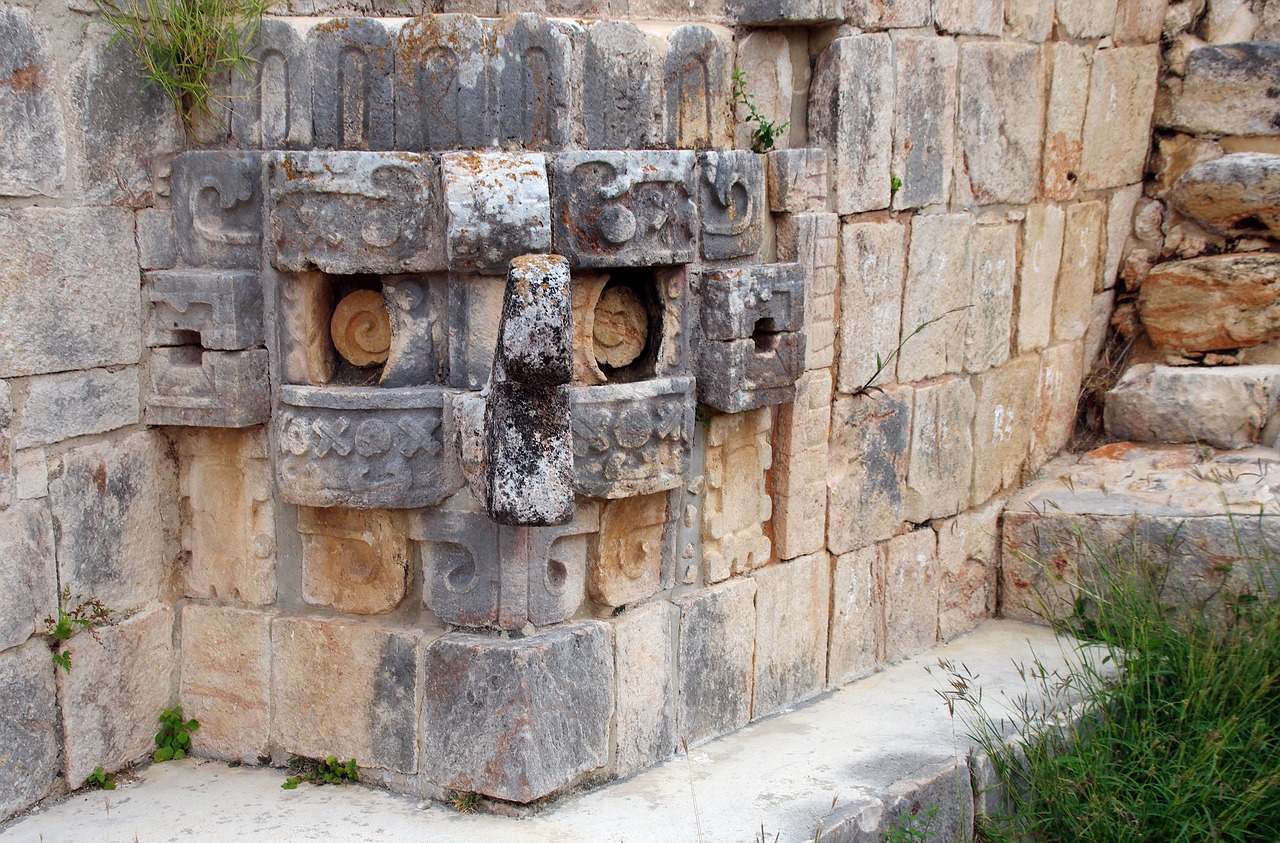
Abandonment of Urban Centers
As the Maya civilization reached its twilight years, a puzzling phenomenon unfolded across the once-thriving urban centers of Tikal, Copan, and other prominent city-states. The abandonment of these bustling hubs marked a significant turning point in Maya history, signaling a dramatic shift in the social fabric of their society. The reasons behind this mass exodus are shrouded in mystery, prompting scholars and archaeologists to delve deeper into the enigmatic factors that led to the decline of urban life among the Maya.
One prevailing theory suggests that environmental degradation played a crucial role in the abandonment of urban centers. Deforestation, exacerbated by the demands of a growing population and extensive agriculture, led to soil erosion and loss of fertility, ultimately impacting the sustainability of urban settlements. As resources dwindled and agricultural productivity declined, the once-thriving cities faced mounting challenges that pushed inhabitants to seek greener pastures elsewhere.
Moreover, social unrest and political turmoil also contributed to the unraveling of urban life among the Maya. Inter-city conflicts, power struggles, and internal strife weakened the societal cohesion that had once held these urban centers together. The breakdown of governance structures and the erosion of social order created an atmosphere of uncertainty and instability, prompting many residents to seek refuge in more stable and secure environments.
Additionally, the specter of external threats loomed large over the urban centers, with the looming presence of rival city-states and potential invasions adding to the sense of insecurity among the Maya populace. The constant threat of warfare and the specter of conquest may have further incentivized the abandonment of urban centers as residents sought safety and protection beyond the city walls.
As the once-bustling streets of Tikal and Copan fell silent and the grandeur of their temples faded into obscurity, the abandonment of these urban centers stood as a poignant reminder of the fragility of human civilizations. The echoes of the past reverberate through the deserted plazas and crumbling structures, serving as a cautionary tale of the perils of environmental degradation, social discord, and external threats that can hasten the decline of even the most advanced societies.
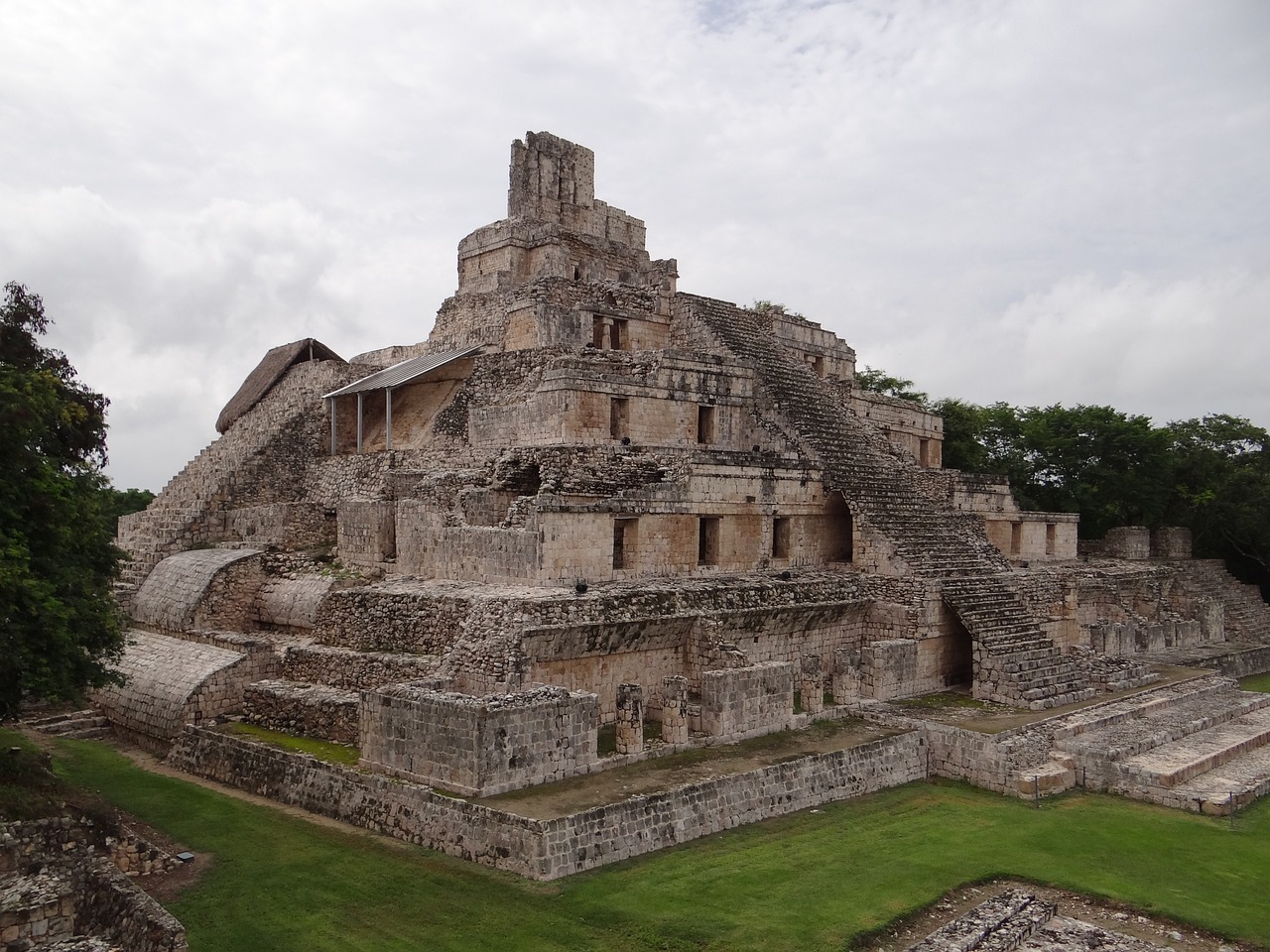
Legacy of the Maya Civilization
The legacy of the Maya civilization continues to captivate and inspire the modern world, resonating through the annals of history with its remarkable contributions to various fields of knowledge and culture. From the towering pyramids of Chichen Itza to the intricate hieroglyphic writings, the Maya left an indelible mark on art, architecture, mathematics, astronomy, and agriculture.
One of the most enduring legacies of the Maya civilization is their advancements in mathematics. The Maya developed a sophisticated numerical system based on the concept of zero, enabling them to make precise calculations in astronomy and create complex calendars that accurately predicted celestial events. Their mathematical prowess laid the foundation for future innovations in the field.
In the realm of astronomy, the Maya's keen observations of the stars and planets led to the development of a highly accurate calendar system known as the Long Count. This calendar not only tracked the passage of time but also played a crucial role in religious ceremonies and agricultural practices, demonstrating the interconnectedness of celestial phenomena with daily life.
Furthermore, the Maya's architectural achievements stand as a testament to their ingenuity and craftsmanship. The monumental structures such as temples, palaces, and ball courts showcase their advanced knowledge of engineering and design, reflecting a society that valued beauty, symmetry, and spiritual significance in their built environment.
Aside from their tangible contributions, the Maya civilization also left a profound cultural legacy that continues to resonate in contemporary society. The rich tapestry of myths, legends, and rituals woven into their religious practices has inspired artists, scholars, and spiritual seekers alike, fostering a renewed interest in Maya cosmology and spirituality.
Today, efforts to preserve and revive Maya cultural heritage are ongoing, with initiatives aimed at safeguarding ancient sites, deciphering hieroglyphic texts, and promoting indigenous traditions. The legacy of the Maya civilization serves as a reminder of the enduring power of human creativity, resilience, and intellectual curiosity across the ages.

Unraveling the Mysteries
As we delve into the mysteries surrounding the collapse of the Maya civilization, we are faced with a plethora of unanswered questions that continue to intrigue historians and archaeologists alike. One of the central enigmas revolves around the sudden abandonment of major urban centers such as Tikal and Copan. Scholars have long debated the reasons behind the mass exodus of the population from these once-thriving cities, with theories ranging from environmental catastrophes to social upheaval.
Furthermore, the role of climate change and its impact on the Maya civilization remains a subject of intense scrutiny. The prevalence of droughts, deforestation, and soil degradation has led researchers to explore how these environmental factors might have precipitated the decline of this ancient society. By analyzing sediment cores, pollen samples, and other archaeological evidence, scientists aim to unravel the complex interplay between human activity and natural forces in shaping the fate of the Maya civilization.
Another intriguing aspect of Maya history is the enigmatic collapse of their political institutions and social order. The sudden disintegration of centralized power structures, coupled with escalating conflicts and warfare, has fueled speculation about the internal strife that hastened the downfall of the Maya civilization. Were external invasions, internal power struggles, or a combination of both responsible for the unraveling of this once-mighty empire?
Moreover, the enduring legacy of the Maya civilization raises questions about the resilience of their cultural heritage. How have modern societies preserved and interpreted the artistic, architectural, and scientific achievements of the Maya people? From the intricate glyphs of their written language to the precision of their astronomical observations, the mysteries of Maya civilization continue to captivate the imagination of scholars and enthusiasts alike.
Frequently Asked Questions
- What caused the decline of the Maya civilization?
The decline of the Maya civilization was influenced by a combination of factors, including environmental challenges such as deforestation, droughts, and soil degradation. These issues put pressure on the society, leading to stress and eventual collapse.
- Were conflicts and warfare significant factors in the downfall of the Maya civilization?
Yes, conflicts and warfare played a significant role in the decline of the Maya civilization. Intercity conflicts, power struggles, and external invasions weakened the societal fabric, contributing to the collapse of this once-great civilization.
- Why were major urban centers like Tikal and Copan abandoned?
The abandonment of urban centers like Tikal and Copan was due to various reasons, including environmental pressures, warfare, and societal upheaval. These factors led to a mass exodus of the population from these cities, resulting in the decline of urban life among the Maya.
- What is the legacy of the Maya civilization in modern times?
The Maya civilization has left a lasting legacy in modern times, with contributions to art, mathematics, astronomy, and agriculture. Their cultural heritage continues to be revived and celebrated in contemporary society, showcasing the enduring impact of this ancient civilization.
- What are some enduring mysteries surrounding the collapse of the Maya civilization?
There are various enduring mysteries surrounding the collapse of the Maya civilization, with ongoing research efforts to unravel these enigmatic factors. Theories abound, seeking to shed light on the reasons behind the decline and disappearance of this once-thriving culture.












